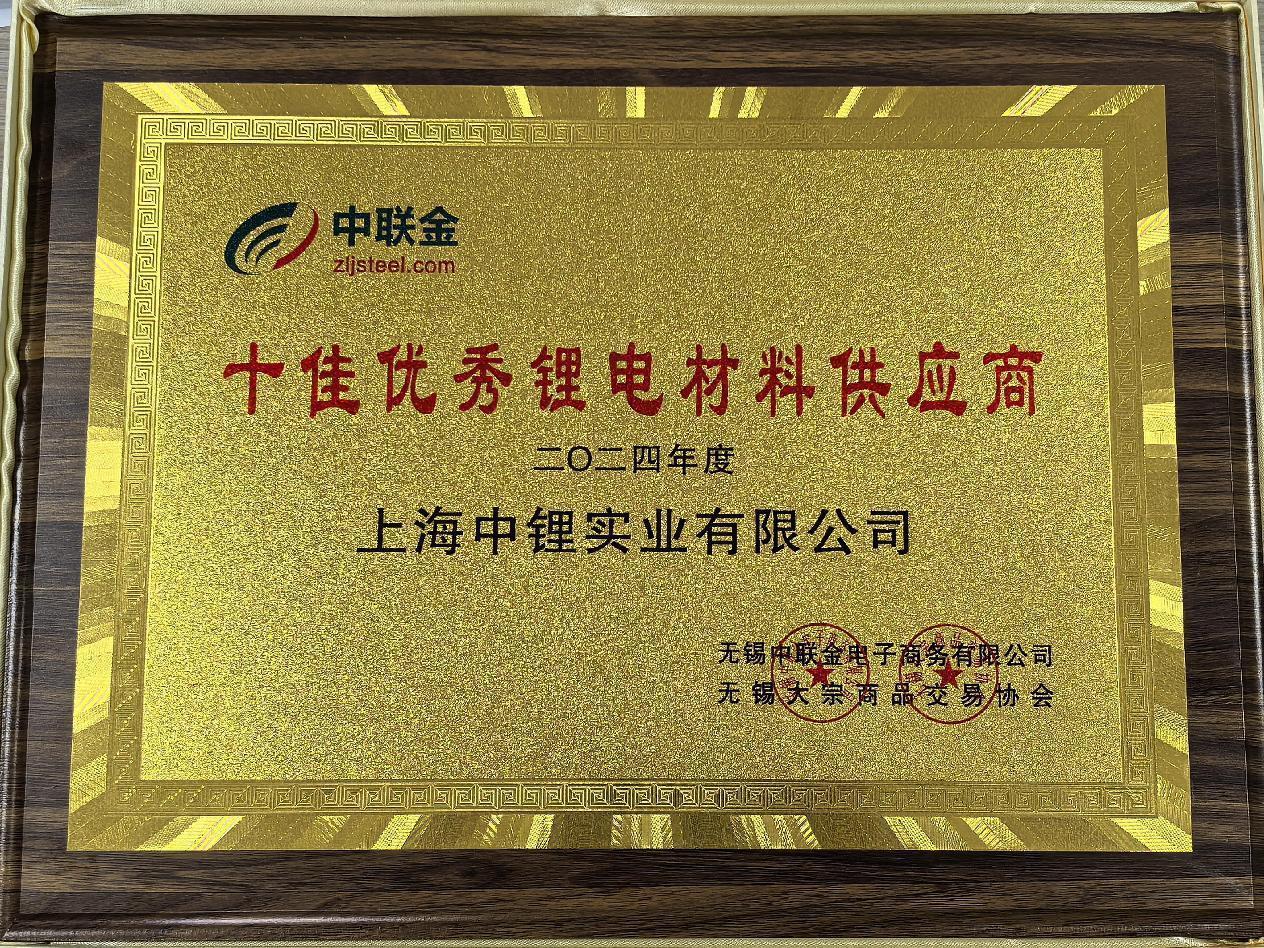All
- All
- Product Management
- News
- Introduction
- Enterprise outlets
- FAQ
- Enterprise Video
- Enterprise Atlas

[Corporate Honor] Top Ten Excellent Lithium Battery Material Suppliers
Release time:
2024/10/21

Previous article
Next article

Scan for more information

©Shanghai Zhongli Industrial Co., Ltd. All rights reserved
Shanghai Public Network Security 31012002004416